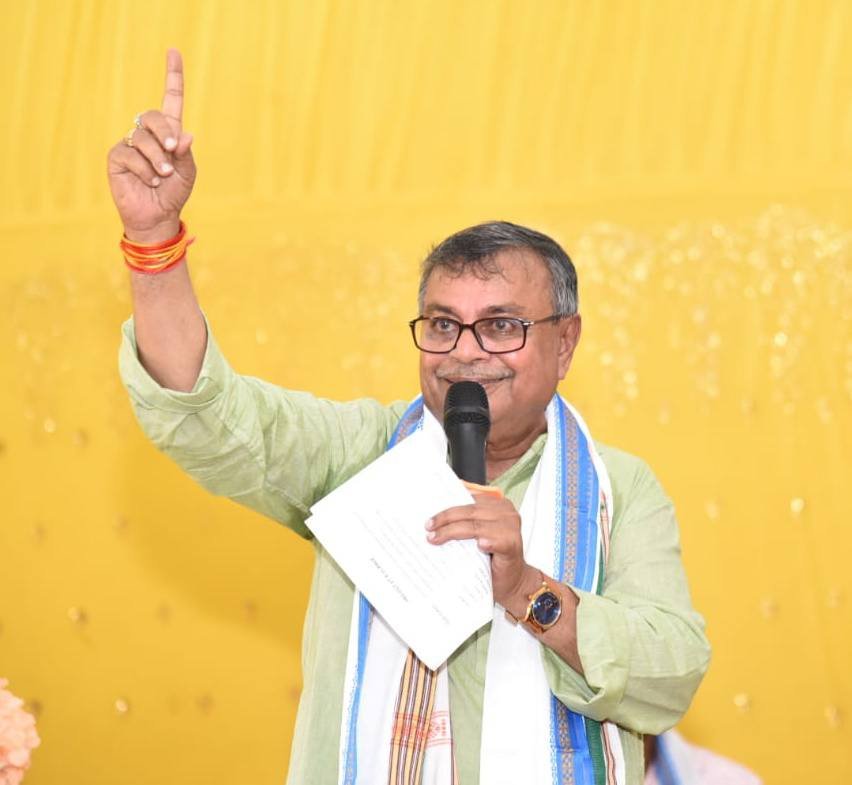Agartala, July 23, 2025: On the occasion of the 62nd anniversary of the establishment of the Tripura Legislative Assembly, State Power and Agriculture Minister Ratan Lal Nath on Tuesday reflected on the rich democratic heritage of Tripura and highlighted lesser-known chapters of its political evolution.
Speaking at the commemorative event titled ‘Historic July: Footprints of Tripura Legislative Assembly’, organized in the Assembly premises, Nath stated, “July 1 is not just a date, it is a chapter in the living history of Tripura.”
The event was attended by Chief Minister Prof. (Dr.) Manik Saha, Assembly Speaker Biswabandhu Sen, Deputy Speaker Ramprasad Pal, and other dignitaries.
Recalling the genesis of Tripura’s legislative journey, the Minister said that although the formal establishment of the Legislative Assembly occurred in 1963, its roots lie in the visionary rule of Maharaja Bir Bikram Kishore Manikya Bahadur. “The Maharaja laid the foundation of modern Tripura, from roads and hospitals to schools and even an airport. His foresight shaped the state’s future,” Nath said.
He also remembered Rajmata Kanchanprabha Devi for her instrumental role in Tripura’s merger with India. “It was Rajmata Kanchanprabha Devi who signed the Instrument of Accession on September 9, 1949, officially making Tripura a part of the Indian Union,” he stated.
Nath detailed the administrative transitions that followed, saying, “After integration, Tripura was declared a Union Territory with Ranjit Roy, ICS, as its first Chief Commissioner. In May 1963, the President gave assent to the Territorial Council Act, leading to the formation of the Tripura Territorial Council with 30 elected and one nominated member.”
He added that “On July 1, 1963, the Territorial Council was transformed into the Tripura Legislative Assembly, and Sachindra Lal Singh took oath as the first Chief Minister, marking the beginning of democratic governance in the state.”
He further mentioned that the strength of the Assembly remained 30 until Tripura attained full statehood in January 1972. “With the Parliament passing the Statehood Act, the people of Tripura received full democratic rights,” the Minister said.
Nath also paid tribute to the prominent leaders elected to the first Assembly in 1963, including Sachindra Lal Singh (Agartala), Nripen Chakraborty (Khowai), Pramod Ranjan Dasgupta (Mohanpur), and others. He noted that only five members from the 1971 Assembly are alive today—Tapas De, Laxmi Nag, Ajay Biswas, Sameer Ranjan Barman, and Sushil Chowdhury.
Touching on the journey of the Assembly’s physical location, he said, “The first session was held near the old Secretariat in Agartala, at the current site of Bir Chandra Library. It then moved to the historic Ujjayant Palace before finally shifting to the modern Assembly complex in 2011.”
He concluded by saying, “This new building is not just a structure of concrete and steel. It stands as a symbol of the aspirations, resilience, and democratic spirit of the people of Tripura.”









